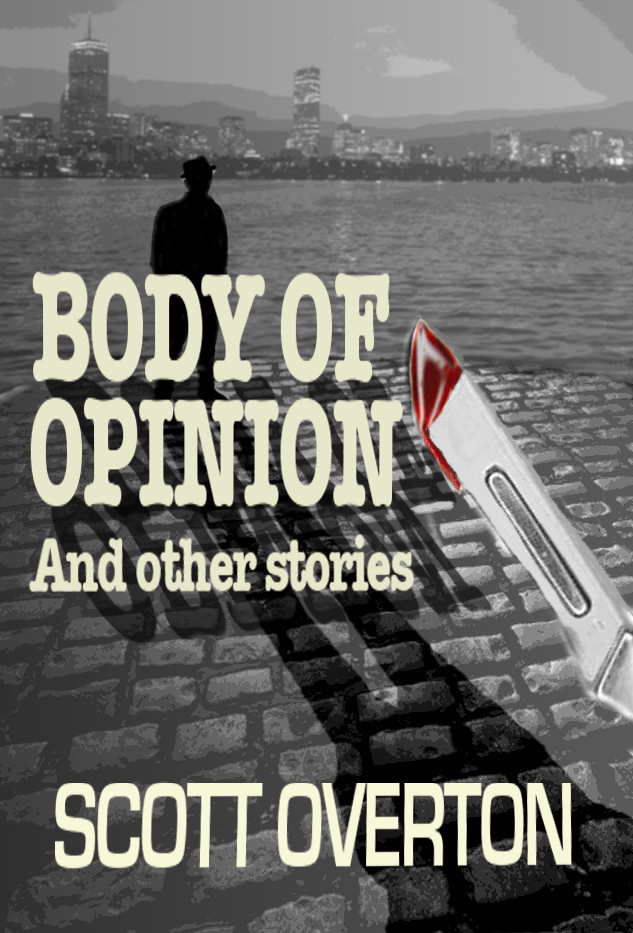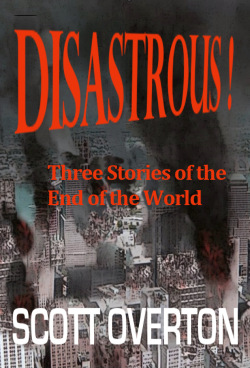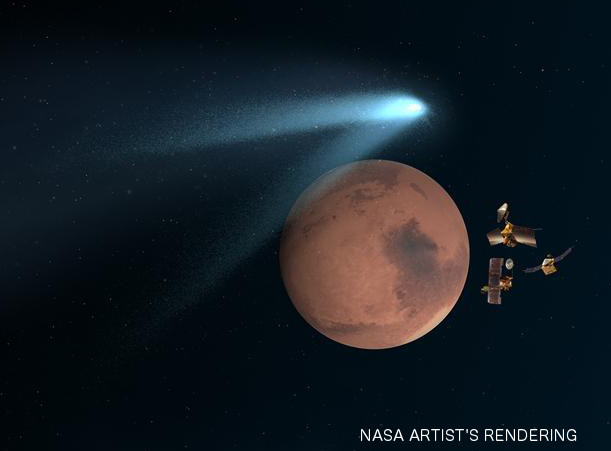TIME AND TIME AGAIN
/Science fiction writers love to find a fresh scientific basis upon which to imagine stories. A new theory that was just published in October might fit the bill. It’s a (mostly) new way of looking at Time.
We think of Time as having a direction: from the past into the future. “Time’s arrow” is the metaphor we picture. More scientifically, it’s the second law of thermodynamics—systems always progress from a state of order into greater and greater disorder. Like Humpty Dumpty—you can’t put him back together again. Or a Mojito cocktail that can’t be un-mixed. Or the universe, spreading from one single point to a huge amount of stuff scattered across a nearly infinite space, thanks to the Big Bang. The laws of physics work in either direction, though, so there’s no explanation for why Time travels in the direction it does nor how the matter of the universe got into such a perfect state of order before the Big Bang.
Physicists Julian Barbour, Tim Koslowski, and Flavio Mercati created a computer model of particles influenced by simple gravity (Scientific American has a good, though dense explanation here, or read another assessment here.) They showed that gravity will always bring such systems into occasional states of equilibrium/order, but from that ordered state Time will proceed in both directions, forward and back. That implies that there is a universe evolving as we know it and an alternate universe before the Big Bang that is going in the other direction, expanding farther and farther into what we would see as the past. The state of the universe in the moment before the Big Bang is just middle ground in a larger process.
Granted that Barbour, Koslowski, and Mercati’s idea hasn’t yet been reconciled with the theory of General Relativity or a few other possible objections, but it’s an interesting discovery.
There have been lots of stories about time travel and many more about alternate universes based on Hugh Everett’s Many-Worlds Theory, but what about a time travel story that involves going back to the Big Bang and beyond into a universe where Time itself moves backward, according to our perceptions?
Don’t expect me to write it—the paradoxes of time travel give me a headache at the best of times.
Time for a good, stiff Mojito.












